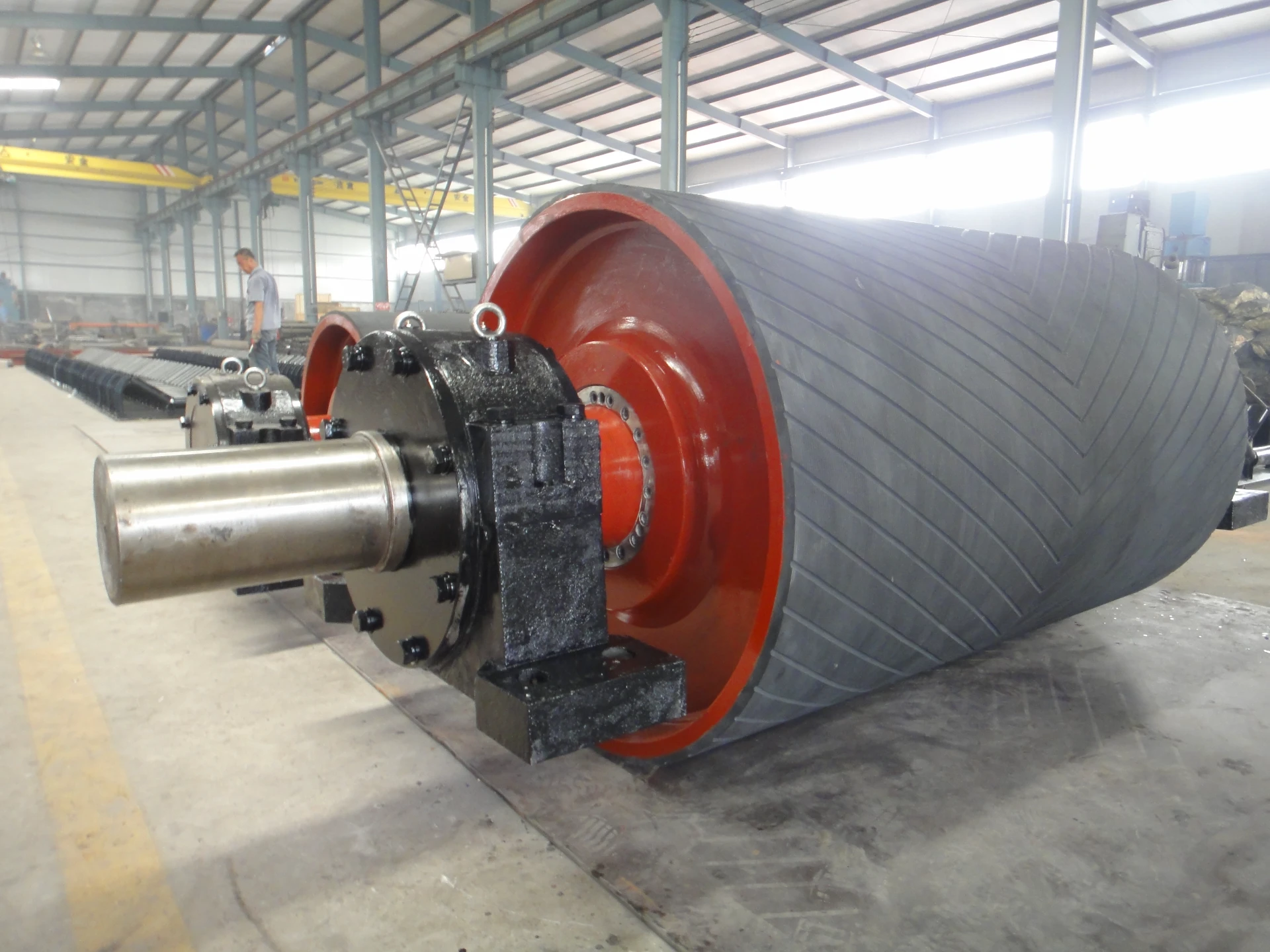 Afrikaans
Afrikaans  Albanian
Albanian  Amharic
Amharic  Arabic
Arabic  Armenian
Armenian  Azerbaijani
Azerbaijani  Basque
Basque  Belarusian
Belarusian  Bengali
Bengali  Bosnian
Bosnian  Bulgarian
Bulgarian  Catalan
Catalan  Cebuano
Cebuano  Corsican
Corsican  Croatian
Croatian  Czech
Czech  Danish
Danish  Dutch
Dutch  English
English  Esperanto
Esperanto  Estonian
Estonian  Finnish
Finnish  French
French  Frisian
Frisian  Galician
Galician  Georgian
Georgian  German
German  Greek
Greek  Gujarati
Gujarati  Haitian Creole
Haitian Creole  hausa
hausa  hawaiian
hawaiian  Hebrew
Hebrew  Hindi
Hindi  Miao
Miao  Hungarian
Hungarian  Icelandic
Icelandic  igbo
igbo  Indonesian
Indonesian  irish
irish  Italian
Italian  Japanese
Japanese  Javanese
Javanese  Kannada
Kannada  kazakh
kazakh  Khmer
Khmer  Rwandese
Rwandese  Korean
Korean  Kurdish
Kurdish  Kyrgyz
Kyrgyz  Lao
Lao  Latin
Latin  Latvian
Latvian  Lithuanian
Lithuanian  Luxembourgish
Luxembourgish  Macedonian
Macedonian  Malgashi
Malgashi  Malay
Malay  Malayalam
Malayalam  Maltese
Maltese  Maori
Maori  Marathi
Marathi  Mongolian
Mongolian  Myanmar
Myanmar  Nepali
Nepali  Norwegian
Norwegian  Norwegian
Norwegian  Occitan
Occitan  Pashto
Pashto  Persian
Persian  Polish
Polish  Portuguese
Portuguese  Punjabi
Punjabi  Romanian
Romanian  Russian
Russian  Samoan
Samoan  Scottish Gaelic
Scottish Gaelic  Serbian
Serbian  Sesotho
Sesotho  Shona
Shona  Sindhi
Sindhi  Sinhala
Sinhala  Slovak
Slovak  Slovenian
Slovenian  Somali
Somali  Spanish
Spanish  Sundanese
Sundanese  Swahili
Swahili  Swedish
Swedish  Tagalog
Tagalog  Tajik
Tajik  Tamil
Tamil  Tatar
Tatar  Telugu
Telugu  Thai
Thai  Turkish
Turkish  Turkmen
Turkmen  Ukrainian
Ukrainian  Urdu
Urdu  Uighur
Uighur  Uzbek
Uzbek  Vietnamese
Vietnamese  Welsh
Welsh  Bantu
Bantu  Yiddish
Yiddish  Yoruba
Yoruba  Zulu
Zulu Designing Efficient Idlers for Belt Conveyor Systems in Material Handling Applications
Belt Conveyor Idler Design An Overview
Belt conveyors are essential components in many industries, from mining to food processing, due to their ability to transport materials efficiently over various distances. A critical component of the belt conveyor system is the idler, which supports the conveyor belt as it moves through the pulleys and transport system. Proper idler design is crucial for ensuring the operational efficiency, durability, and cost-effectiveness of the conveyor system. In this article, we will explore the key factors influencing the design of belt conveyor idlers.
Types of Idlers
Idlers can be categorized based on their function and configuration. The most common types include
1. Carrying Idlers These are used to support the belt load and are typically arranged in a triangular shape to provide stability. 2. Return Idlers Located on the return side of the belt, they help maintain proper belt alignment and support the weight of the empty belt. 3. Special Idlers These include training idlers, impact idlers, and self-aligning idlers, which are designed for specific applications to enhance performance and reduce wear on the belt.
Design Considerations
When designing a belt conveyor idler, several factors must be considered to achieve optimal performance
1. Load Capacity The idler must be designed to handle the maximum expected load without deformation or failure. This involves calculating the belt’s weight, the weight of the material being transported, and the dynamic forces acting on the system during operation.
2. Belt Width The width of the idler should correspond to the width of the belt. A mismatch can lead to inefficiencies, increased wear on the belts, and potential material spillage.
belt conveyor idler design

3. Material Selection Idlers must be constructed from materials that can withstand environmental conditions, such as corrosion, extreme temperatures, and abrasive materials. Common materials include steel, rubber, and plastic composites.
4. Roller Design The design of the roller itself should minimize rolling resistance to enhance efficiency. This includes considerations for roller diameter, bearing type, and seal design, as these factors can influence the lifespan and performance of the idler.
5. Spacing and Arrangement The spacing between idlers affects the support provided to the belt and materials being transported. Properly spaced idlers can help maintain belt tension and reduce sagging, which can lead to increased wear and reduced efficiency.
6. Maintenance Access Design considerations should also include how easily idlers can be maintained or replaced. Accessibility can significantly impact maintenance costs and operational downtime.
Performance Evaluation
Once idler designs are finalized, performance evaluation is crucial. This may include conducting simulation tests to analyze the idler’s response to various loads and conveyor speeds. Additionally, real-world testing can help assess the durability and functionality of the idlers under operational conditions.
Conclusion
In summary, belt conveyor idler design is a multifaceted process that requires careful consideration of multiple aspects, including load capacity, material selection, roller design, and spacing. The idler is pivotal in the overall efficiency and longevity of the belt conveyor system. By investing time and resources into the proper design and testing of idlers, companies can enhance material transport efficiency, reduce operational costs, and minimize maintenance efforts. As industries continue to evolve, so too will the technology and materials used in idler design, promising even greater advancements in conveyor system performance.
-
Revolutionizing Conveyor Reliability with Advanced Rubber Lagging PulleysNewsJul.22,2025
-
Powering Precision and Durability with Expert Manufacturers of Conveyor ComponentsNewsJul.22,2025
-
Optimizing Conveyor Systems with Advanced Conveyor AccessoriesNewsJul.22,2025
-
Maximize Conveyor Efficiency with Quality Conveyor Idler PulleysNewsJul.22,2025
-
Future-Proof Your Conveyor System with High-Performance Polyurethane RollerNewsJul.22,2025
-
Driving Efficiency Forward with Quality Idlers and RollersNewsJul.22,2025





























